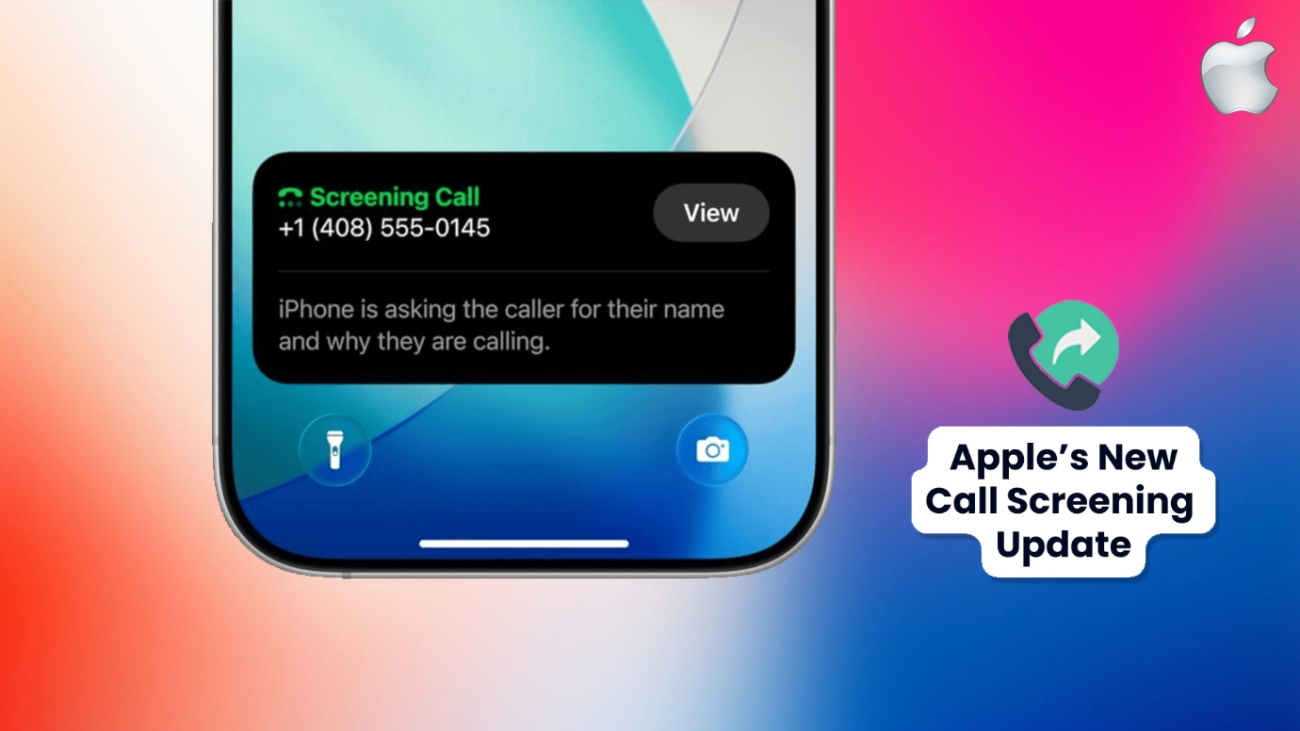With iOS 26, Apple has quietly changed the rules of engagement for outbound communication.
The new call screening feature which requires callers to state their name and purpose before the recipient even considers picking up might appear, at first glance, to be a simple convenience update.
In reality, it signals a much larger shift.
For B2B marketers and sales professionals, it marks the end of anonymity in outbound and the beginning of an era where credibility and intent are prerequisites for conversation.
The Context: iOS Dominates the Professional Demographic
By the end of 2025, over 1.56 billion iOS devices will be active worldwide, representing 19.1% of global smartphone users.
In major B2B markets, Apple’s dominance is even more pronounced 58% in the U.S., 56% in Canada, and nearly 50% in the U.K.
And crucially, 59% of iOS users fall between the ages of 25 and 54, the heart of the global professional and decision-making workforce.
This means the very audience B2B outbound teams seek to engage; executives, marketers, technologists, and influencers will increasingly decide which calls are even allowed to reach them.
What This Means for B2B Marketers
The iOS 26 update doesn’t just change call mechanics; it reshapes the psychology of outreach.
Prospects now have complete control.
They can see your name, hear your reason, and decide if your intent merits attention before you even connect.
However, that’s not a barrier. It’s a filter for authenticity.
To succeed, B2B outreach must evolve beyond “outbound volume” thinking toward a strategy rooted in trust, relevance, and orchestration.
Also Read: A Beginner’s Guide to iOS Development
Here’s what that evolution looks like:
- Trust becomes the new currency. Recognition and credibility must precede the call. Without prior context, even the best pitch will fall flat.
- Message discipline is non-negotiable. You have 10–15 words to earn attention clarity now outranks creativity.
- Outbound must be orchestrated. Cold calls alone are relics. A cohesive mix of LinkedIn, email, and content-driven touchpoints must lay the ground work.
- Reputation is foundational. Unverified or flagged numbers erode brand equity. Branded caller ID and verified lines are the new hygiene.
- Data drives precision. ABM, intent signals, and first-party intelligence must replace random dialing.
Also Read: The Future of Hyper-Personalization in B2B: AI, Privacy, and Buyer Trust
Action Points for Forward-Thinking Teams
- Lead with identity and clarity, who you are, where you’re from, and why you’re calling.
- Keep openings tight and transparent value the prospect’s time.
- Build a clean calling ecosystem retire flagged numbers, verify IDs.
- Warm before you call leverage digital channels to create awareness and recognition.
- Shift from volume to value fewer dials, sharper targeting, deeper personalization.
The Bigger Picture
The rise of call screening is not the end of outbound an opportunity for its reinvention.
It reminds us that every outreach must now earn its right to be heard. Buyers expect control, transparency, and respect for context, and those expectations will only deepen.
Outbound isn’t disappearing. It’s becoming smarter, more deliberate, and more human.
And the organizations that win in this new reality will be those that treat every call not as a transaction but as an opportunity to build trust.
Follow us on LinkedIn: OnDotMedia



